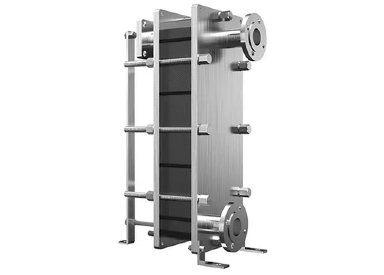
Plate heat exchangers play a crucial role in industries that require efficient heat transfer between two fluids. At the heart of their operation lies a small but essential component: the gasket. These gaskets act as sealing materials placed between the metal plates of the heat exchanger. Their primary role is to prevent fluids from leaking or mixing, ensuring the device runs smoothly and safely. Without gaskets, the hot and cold fluids inside the heat exchanger could mix, reducing efficiency and causing contamination.
Read More 
Gasketed plate heat exchangers are compact, highly efficient devices engineered to transfer heat between two fluids without allowing them to mix. Their unique design consists of a series of thin, corrugated metal plates stacked together within a frame. Between these plates are gaskets that not only seal the edges but also direct the flow of fluids into alternating channels.
Read More 
The life expectancy of a plate heat exchanger gasket can vary significantly, typically ranging from three to ten years depending on a variety of factors related to operating conditions, maintenance practices, and material choice. Although the metal plates inside the heat exchanger often remain functional for several decades, the gaskets are wear components that must be replaced periodically to ensure the heat exchanger maintains proper sealing and optimal performance.
Read More 
Gasketed plate heat exchangers are critical components in many industrial processes where efficient heat transfer between two fluids is required. Their compact design and high thermal efficiency make them popular in industries such as HVAC, chemical processing, food production, pharmaceuticals, and petrochemicals. However, to ensure these devices operate safely, reliably, and efficiently, they must conform to a comprehensive set of industry standards.
Read More 
Maintaining the cleanliness of a Gasket Plate Heat Exchanger is essential for ensuring its optimal performance and longevity. Over time, contaminants such as dirt, scale, and biological growth can accumulate on the plates, a process known as fouling. Fouling negatively impacts the heat exchanger’s ability to transfer heat efficiently, leading to increased energy consumption and reduced operational effectiveness. Failure to clean the heat exchanger regularly can cause production losses, increased maintenance costs, and in severe cases, irreversible damage to the equipment.
Read More 






